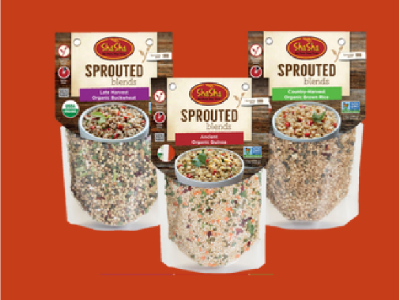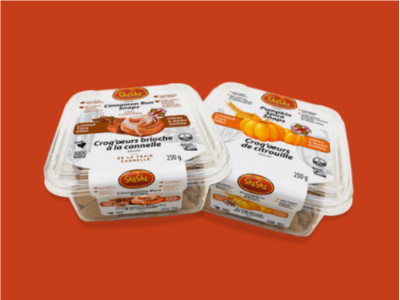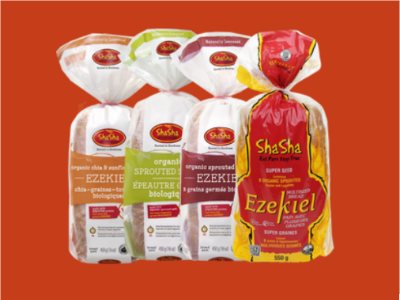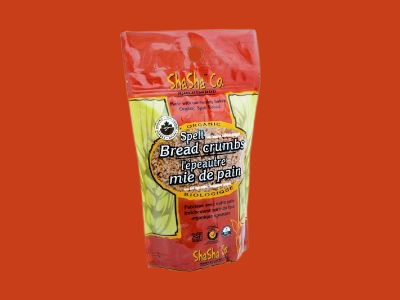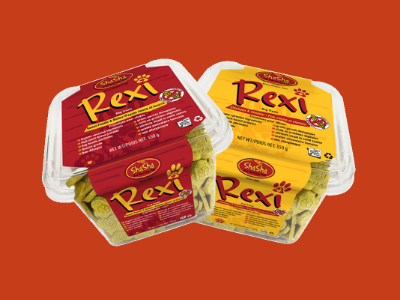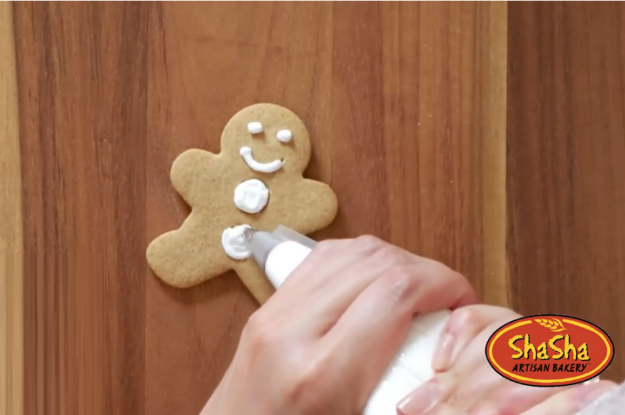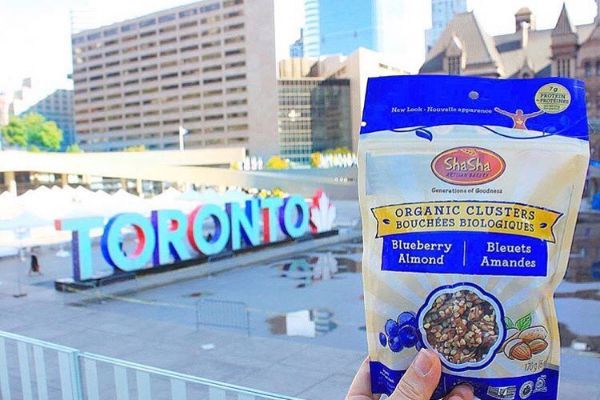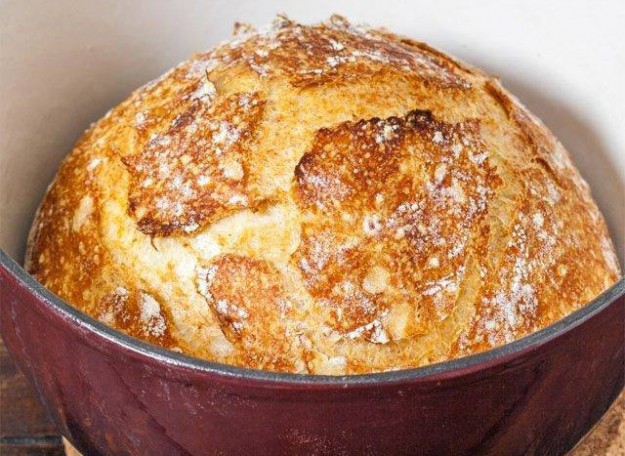 Traditionally, a gluten-free diet was reserved for sufferers of celiac disease; a genetic autoimmune disorder in which abnormal antibodies are triggered by the presence of gluten. These antibodies attack and damage the walls of the small intestine. Celiac disease can be diagnosed through testing, although about 80-90% of cases go undiagnosed. Now evidence exists for a new kind of intolerance for gluten called gluten insensitivity.
Traditionally, a gluten-free diet was reserved for sufferers of celiac disease; a genetic autoimmune disorder in which abnormal antibodies are triggered by the presence of gluten. These antibodies attack and damage the walls of the small intestine. Celiac disease can be diagnosed through testing, although about 80-90% of cases go undiagnosed. Now evidence exists for a new kind of intolerance for gluten called gluten insensitivity.
What is gluten sensitivity?
While only 1% of the population has celiac disease, about 1 in 10 are thought to suffer from gluten sensitivity. Gluten sensitivity (or gluten intolerance) is difficult to diagnose as it doesn’t show up in tests and the list of symptoms is long and varied. Symptoms include gastrointestinal problems, skin problems, and fatigue, anemia, osteoporosis, unhealthy weight loss and fluid retention, easy bruising or excessive bleeding, muscle weakness, nerve damage, strange tingling sensations and infertility. People who suffer from gluten sensitivity also experience damage to the walls of the small intestine which means that they are not able to absorb all the nutrients that they need from their food. When they switch to a gluten-free diet, improvements can be seen in a week or two.
The good news for those who suffer from gluten sensitivity is that the symptoms are reversible: “People with gluten sensitivity don’t have the long-term and ongoing damage to the villi of the small intestine that people with celiac disease have; once gluten is removed from the diet, the symptoms go away,” says nutritionist Melissa McLean Jory.
What is a gluten-free diet?
Gluten is a complex protein found in foods made from wheat and related grain species, including barley and rye. A complete list of foods containing gluten:
- Barley
- Bulgur
- Durham
- Farina
- Graham flour
- Kamut
- Matzo meal
- Rye
- Semolina
- Spelt
- Triticale
- Wheat
 There are a large number of products that utilize these ingredients including breads and baked goods, pastas, cookies, pizza crusts, wraps, even ketchup and ice cream contain gluten. Since manufacturers do not need to specify gluten content on the packaging, finding gluten-free products can be difficult. Look out for foods that have gluten-free labels or avoid processed foods altogether. Cutting gluten from your diet can be tough at first, but you will soon get used to it and the health benefits will make it well worth your while. All the things you currently enjoy in your diet can be substituted with gluten-free varieties; from pizza crusts to pastries, going gluten free does not mean you have to give up your favorite foods.
There are a large number of products that utilize these ingredients including breads and baked goods, pastas, cookies, pizza crusts, wraps, even ketchup and ice cream contain gluten. Since manufacturers do not need to specify gluten content on the packaging, finding gluten-free products can be difficult. Look out for foods that have gluten-free labels or avoid processed foods altogether. Cutting gluten from your diet can be tough at first, but you will soon get used to it and the health benefits will make it well worth your while. All the things you currently enjoy in your diet can be substituted with gluten-free varieties; from pizza crusts to pastries, going gluten free does not mean you have to give up your favorite foods.
Go Gluten Free!
Here are some easy ways to cut gluten from your diet:
- Avoid processed foods: Eating whole foods like fruits and vegetables means you can’t go wrong and you will be giving your body all those vitamins and minerals you have been missing out on.
- Take your own food: To parties, special events and outings – that way you won’t be tempted to have a hamburger because you are starving and there is nothing else around.
- Read your labels: While foods that contain gluten do not have to state this on their labels, you can learn to identify ingredients that will be problematic. Manufactures are beginning to label foods that are gluten-free, so the identification of suitable foods is getting easier.
- Go organic: Visit health food stores online or in your neighborhood and ask for help – you will be amazed at the variety of gluten-free foods available.
Sure, initially you will miss the rich sauces, pastas and breads, but as your list of delicious gluten-free substitutes grows, you will soon be enjoying all the same foods you used to and a few new delicious options to boot. Don’t be shy to experiment with alternative flours and try new recipes. Host gluten-free dinners and special events so your friends and family members will be inspired to try a gluten-free diet too.

